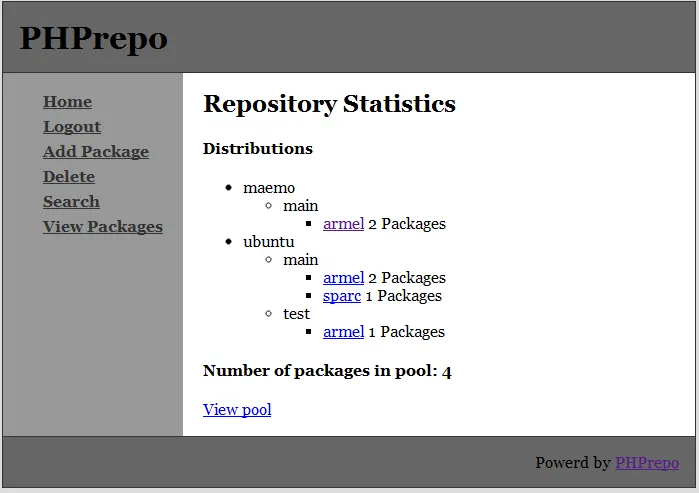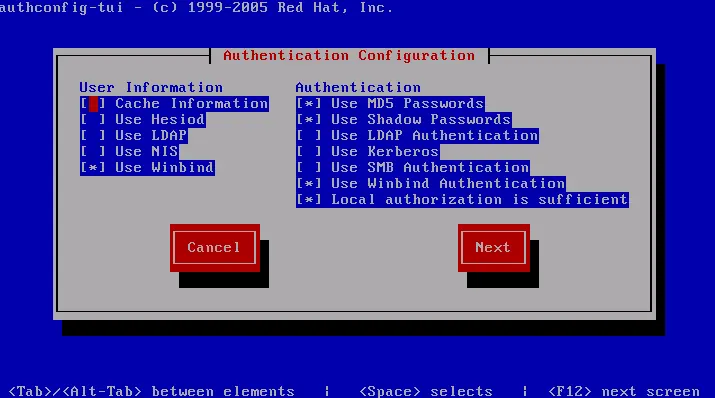
Influencing Linux IP Source Address Selection
When creating a socket unless manually specified, the OS will automatically determine the source address to use. However, the OS’s default choice may not always be desired. Source Address Selection allows for influencing the sources address chosen by the OS. What is Source Address Selection? When a host with multiple routable IP addresses sends a packet to another host, it needs to determine which of its local addresses to use as the source “from” address. ...



